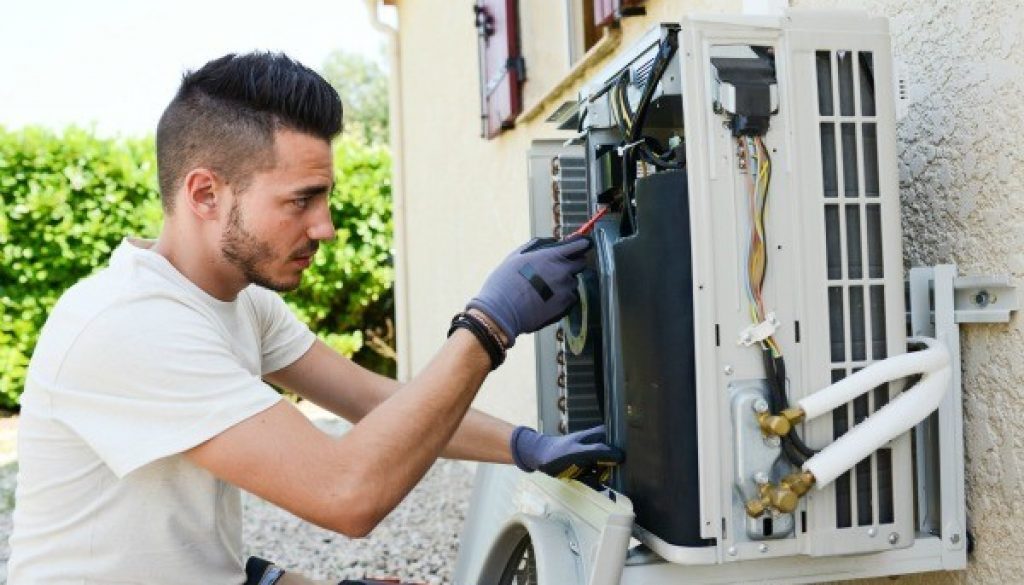Achieving greater system reliability through compressed air optimization is a critical goal for many industries relying on pneumatic systems. Compressed air is often dubbed the fourth utility due to its widespread use across manufacturing, processing, and assembly operations. However, it is also one of the most expensive utilities because of the energy required to produce and maintain it. Optimizing compressed air systems not only reduces operational costs but also enhances the reliability and performance of equipment that depends on a consistent and stable air supply. One of the fundamental steps in optimizing compressed air systems is identifying and eliminating leaks. Air leaks are a significant source of inefficiency and can lead to unstable pressure levels that cause equipment malfunctions or interruptions. Regular maintenance programs that include leak detection and repair can dramatically improve system reliability. Using ultrasonic leak detectors or pressure monitoring tools helps pinpoint leaks quickly, ensuring that the system operates at its designed capacity without unnecessary energy waste or pressure drops.

Proper system design and layout also play a crucial role in maintaining reliable compressed air supply. Oversized or undersized components can lead to uneven air distribution, pressure fluctuations, and increased wear on equipment. It is important to evaluate the demand and supply balance carefully, considering factors such as pipe diameter, length, and routing to minimize pressure losses. Incorporating appropriate storage tanks and pressure regulators can help buffer demand spikes and maintain steady pressure, preventing abrupt changes that might disrupt sensitive machinery. Energy efficiency is closely linked to system reliability in compressed air applications. Compressors running inefficiently or continuously at full load can overheat or experience premature failure, resulting in costly downtime. Implementing variable speed drives and controls that adjust compressor output based on real-time demand ensures that the system only produces the air volume needed. This approach reduces mechanical stress on components and improves the longevity of the entire compressed air infrastructure, fostering more dependable operation.
Monitoring and control technologies have advanced considerably, allowing for more precise management of compressed air systems. Automated systems equipped with sensors and data analytics enable real-time tracking of pressure, flow, and temperature. This insight facilitates proactive maintenance and rapid response to anomalies before they escalate into major failures. Furthermore, integrating these technologies supports continuous improvement by identifying inefficiencies and optimizing performance over time. Investing in compressed air optimization leads to enhanced system reliability, reduced operational costs, and improved productivity. Organizations that prioritize regular maintenance, smart system design, energy-efficient operation, and try this web-site advanced monitoring reap the benefits of a robust compressed air infrastructure. This foundation supports consistent production quality, minimizes downtime, and strengthens overall operational resilience, making compressed air optimization a vital strategy for sustainable industrial success.
